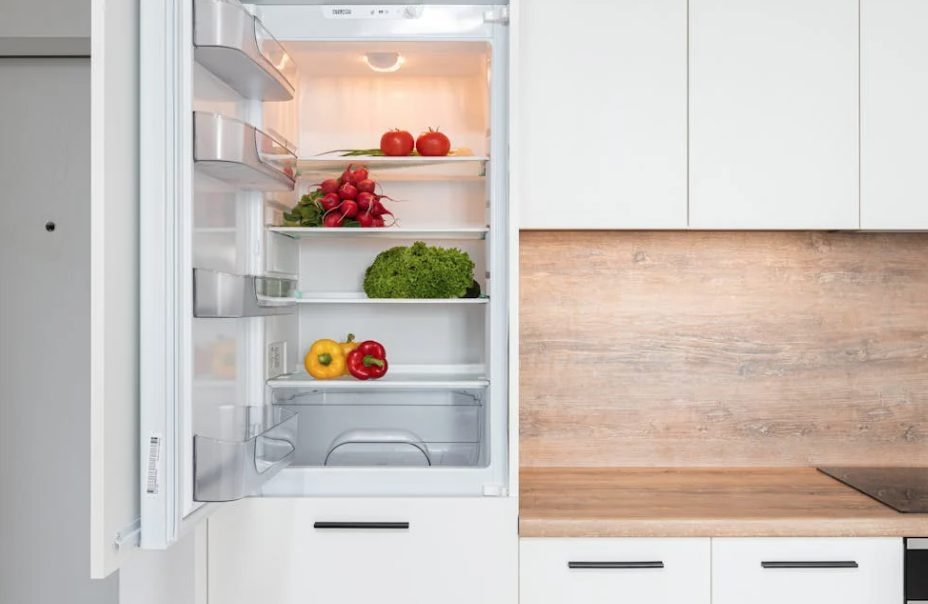How to Maintain Your Commercial Refrigeration Systems
Maintaining your commercial refrigeration systems is crucial for ensuring their longevity, efficiency, and reliability. Proper maintenance can prevent costly repairs, reduce energy consumption, and ensure food safety. In this comprehensive guide, we’ll explore the essential steps to maintain your commercial refrigeration units, focusing on key aspects to keep them running smoothly and efficiently.
1. Regular Cleaning
One of the most important aspects of maintaining commercial refrigeration systems is regular cleaning. Dirt, dust, and food particles can accumulate and affect the performance of the unit. Here’s how to keep your refrigeration systems clean:
-
Interior Cleaning: Regularly clean the interior surfaces, shelves, and drawers. Remove all food items and use a mild detergent and warm water to wipe down surfaces. Avoid using harsh chemicals that can damage the interior lining.
-
Exterior Cleaning: Clean the exterior surfaces, including doors and handles, with a mild soap solution. This not only keeps the unit looking good but also prevents the buildup of grime.
-
Condenser Coils: Dirty condenser coils can lead to overheating and inefficient operation. Clean the coils every three months using a brush or vacuum. Make sure to disconnect the power before cleaning.
2. Check Door Seals and Gaskets
Door seals and gaskets play a vital role in maintaining the internal temperature of your commercial refrigeration unit. Over time, seals can wear out, causing cold air to escape and increasing energy consumption. To ensure door seals are in good condition:
-
Inspect Regularly: Check for cracks, tears, or any signs of wear and tear.
-
Clean the Seals: Use a mild detergent and warm water to clean the gaskets. Remove any food particles or dirt that can cause damage.
-
Replace When Necessary: If you notice any damage or the door isn’t sealing properly, replace the gaskets immediately to prevent energy loss.
3. Monitor Temperature Settings
Maintaining the correct temperature is crucial for food safety and the efficiency of your commercial refrigeration unit. Regularly monitor and record the temperature settings to ensure they are within the recommended range. Digital thermometers or temperature monitoring systems can provide accurate readings and alert you to any fluctuations.
-
Set the Right Temperature: Follow the manufacturer’s guidelines for optimal temperature settings. Typically, refrigerators should be set between 36°F and 38°F, and freezers should be set between -10°F and 0°F.
-
Check Temperature Regularly: Use a thermometer to check the internal temperature daily. Ensure it stays within the recommended range to prevent food spoilage.
4. Inspect and Clean Fans and Motors
Fans and motors are critical components of commercial refrigeration systems, helping to circulate cold air and maintain consistent temperatures. Regular inspection and cleaning can prevent overheating and mechanical failures.
-
Inspect Fans: Check the fans for any signs of damage or wear. Ensure they are running smoothly without any obstructions.
-
Clean the Fans: Dust and debris can accumulate on the fans, affecting their performance. Use a soft brush or cloth to clean the blades and surrounding areas.
-
Lubricate Motors: If your refrigeration unit’s motor requires lubrication, follow the manufacturer’s instructions to keep it running smoothly.
5. Defrost the Unit
Ice buildup can reduce the efficiency of your commercial refrigeration system and increase energy consumption. Regular defrosting helps maintain optimal performance.
-
Manual Defrosting: If your unit requires manual defrosting, schedule it regularly. Turn off the unit, remove all contents, and let the ice melt completely. Clean the interior before restarting the unit.
-
Automatic Defrosting: Many modern units come with automatic defrosting features. Ensure the defrost cycle is functioning correctly and schedule maintenance if necessary.
6. Inspect Refrigerant Levels
Refrigerant is essential for the cooling process in commercial refrigeration systems. Low refrigerant levels can lead to poor cooling performance and increased energy consumption.
-
Check for Leaks: Regularly inspect for any signs of refrigerant leaks, such as oil spots or hissing sounds.
-
Monitor Refrigerant Levels: If you suspect a refrigerant issue, contact a professional technician to check and refill the refrigerant as needed.
7. Schedule Professional Maintenance
While regular in-house maintenance is crucial, scheduling professional maintenance can ensure your commercial refrigeration system operates at peak efficiency. Professional technicians can identify potential issues before they become major problems.
-
Annual Inspection: Arrange for an annual inspection by a certified technician to check the overall condition of the unit.
-
Preventive Maintenance: Technicians can perform preventive maintenance tasks, such as checking electrical connections, calibrating thermostats, and ensuring all components are functioning correctly.
8. Train Your Staff
Proper maintenance of commercial refrigeration systems requires the cooperation of your entire team. Train your staff on the importance of regular maintenance and how to perform basic tasks, such as cleaning and monitoring temperatures.
-
Develop a Maintenance Schedule: Create a maintenance schedule outlining daily, weekly, and monthly tasks.
-
Educate on Best Practices: Ensure your staff understands the best practices for using and maintaining the refrigeration units, such as not overloading the shelves and keeping the doors closed.
Conclusion
Maintaining your commercial refrigeration systems is essential for ensuring their longevity, efficiency, and reliability. By following these maintenance tips—regular cleaning, checking door seals, monitoring temperature settings, inspecting fans and motors, defrosting, checking refrigerant levels, scheduling professional maintenance, and training your staff—you can keep your refrigeration units in optimal condition. Proper maintenance not only extends the life of your equipment but also helps maintain food safety and reduce energy costs, contributing to the overall success of your foodservice business.



